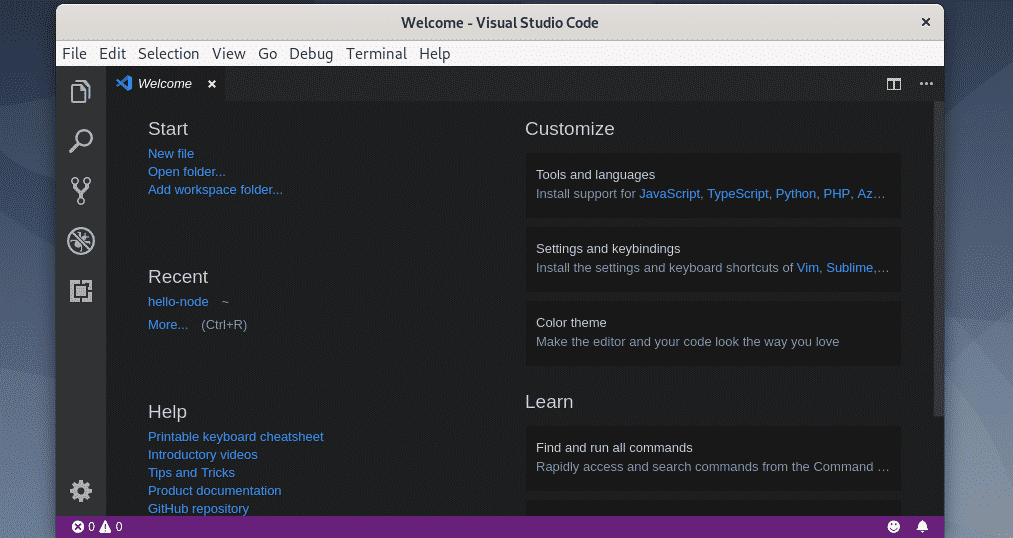
Jump to position (line and column) of mark aĭelete from current line to line of mark aĭelete from current cursor position to position of mark aĬhange text from current line to line of mark a Jump to line of mark a (first non-blank character in line) There is only one file mark A – use an uppercase mark to jump between files.Each file can have mark a – use a lowercase mark to jump within a file.Using an uppercase letter (for example `A) will jump to the file and the position holding the mark (you do not need to open the file prior to jumping to the mark). Using a lowercase letter (for example `a) will only work if that mark exists in the current buffer. Using an apostrophe jumps to the beginning of the line holding the mark, while a backtick jumps to the line and column of the mark. To jump to a mark enter an apostrophe ( ') or backtick ( `) followed by a letter. If you set mark A, any previous mark A (in any file) is removed. If you set mark a, any mark in the current file that was previously identified as a is removed. For example, ma sets mark a at the current position (line and column). To set a mark, type m followed by a letter. The marks for recently-edited files are saved (provided the 'viminfo' option has the ' parameter), so marks from previous sessions can be used when editing in the future.

This assumes that you have kept the default 'viminfo' behavior, so that uppercase marks are all remembered in the viminfo-file between Vim sessions.Īs well as the letter marks, there are various special marks. Each file could have mark a, but only one file can have mark A.īecause of their limitations, uppercase marks may at first glance seem less versatile than their lowercase counterpart, but this feature allows them to be used as a quick sort of "file bookmark." For example, open your. For example, you may be editing ten files. In addition there is a global set of marks identified by uppercase letters (A-Z) that identify a position within a particular file. There is no visible indication of where marks are set.Įach file has a set of marks identified by lowercase letters (a-z). A mark allows you to record your current position so you can return to it later.


 0 kommentar(er)
0 kommentar(er)
